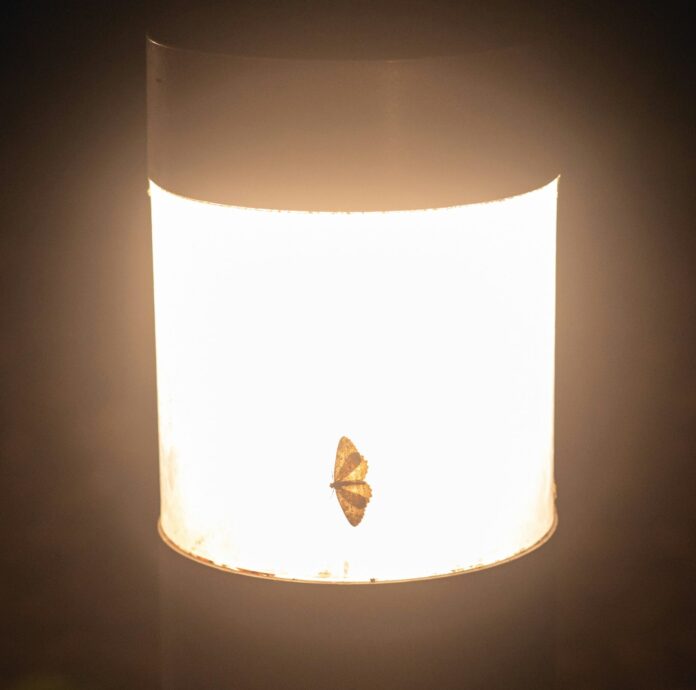Most nocturnal insects are strangely attracted by the light. You can witness this on any warm night by looking at the street lamps and seeing all sorts of insects, from mosquitoes to moths, flying around it. But have you ever wondered why light is so attractive for insects?
Science has never given a definitive answer to this question, although various theories have been proposed in the past. Some suggested that insects see the light as an escape from danger, while others propose that some insects, like moths, use the moon for navigation and simply mistake the source of light for moonlight.
Now, a team of scientists from Imperial College London have proposed a new theory. According to a study published in Nature Journal, the answer to insects’ attraction to light lies in their evolution.
Scientists observed the behavior of insects around light and discovered that they are not flying directly towards it. Instead, they are turning their backs to the source of light.
Their conclusion is that nocturnal insects evolved to turn their back to the brightest spot. For millions of years, the brightest spot was the sky, which allowed insects to correctly position their bodies while flying. However, with the introduction of artificial light, the brightest spots started appearing all around them.
“If the light’s above them, they might start orbiting it, but if it’s behind them, they start tilting backward, and that can cause them to climb up and up until they stall,” said Sam Fabian, an entomologist and one of the researchers on the study. “More dramatic is when they fly directly over a light. They flip themselves upside down, and that can lead to crashes.”












